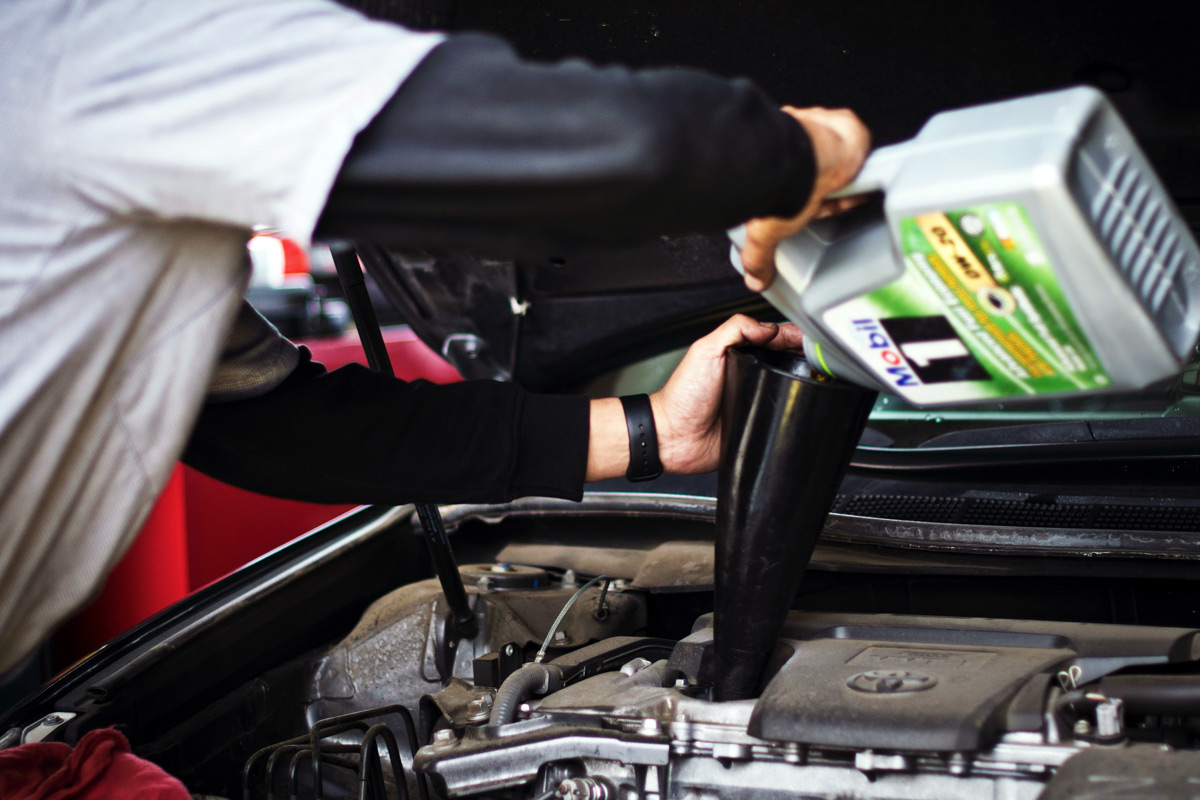Guy Stuff
What Are The Biggest Car Maintenance Myths?
Having a car isn’t just about driving it. An important part of the ownership experience is also keeping your car in optimal condition. There are lots of different recommendations when it comes to car maintenance – some from our family, friends, colleagues, staff from the car shop, and the internet (like this one). With those loads of information, it can get overwhelming or even confusing to some.
In this post, we will help you filter through some popular car maintenance myths so you can avoid them in the future.
The Biggest Car Maintenance Myths
Can’t see or hear any problems? The car must be okay!
Not all car issues can be seen or heard right away, especially for new car owners who are yet to be familiar with their vehicles. Bring the car for a quick check once in a while to make sure everything is working as it should and to uncover any issues that may not be apparent. Waiting for routine maintenance for too long might also cause more severe damage to the car, which will cost you more.
Fill up on fuel in the morning to save money.
Some might say that filling up your tank in the morning gives you more fuel as it is denser, compared to later in the day where gasoline is said to expand as the day becomes hotter. In reality, it is stored underground and protected from drastic changes in temperature. So, no need to wake up early to fill up those tanks!
Premium fuel is always the best.
False. Regular-grade fuel works fine with most cars. Though filling a regular car with premium fuel won’t damage it, the performance will not improve also. Premium fuels with higher octane are best for high-compression and hotter-running engines such as sports cars. To be sure what fuel type is best for your vehicle, check the manufacturer’s recommendation. The manual will mention if a vehicle needs higher-octane fuel.
Servicing your car at independent repair shops will void your warranty.
Bringing your car for service only in the dealership is something that salespeople might often say to car owners, but this is one big myth. Requiring customers to only go to a specific dealership for the warranty to be valid is illegal. Your car warranty is valid until its expiration date, no matter you get your car serviced. The important thing is to keep all the records and receipts for proof.
You NEED to change the engine oil after every 3,000 miles.
Changing engine oil every 3,000 miles might sound like standard advice, but depending on the conditions of how you use your car, this can be a little bit too soon. For regular city driving with some weekend getaway trips, a vehicle can usually go as far as 7,500 miles before requiring an engine oil change. With better engine design and improved composition of synthetic oils, it is now more acceptable to wait for longer intervals between changing oils. However, if you do more off-road driving in dirt roads and mountainous regions, or you are more of a stop-and-go driver, the recommended 3,000 miles might be worth considering.
It’s okay to wash your car with laundry detergent or dish soap.
No, no, no. Washing car with laundry or dish soap is one of the most common practices car owners make and although it might seem like “everyone else is doing it” – best not to. Doing this damages a car’s wax finish and will cause rust and chipping of the paint. Skip these soaps on your next wash and opt for a carwash liquid. These are readily available in most shops, and you get to keep your car’s nice finish.
Flush Transmission Fluid every 50,000 miles
Flushing transmission fluid at every 50,000 miles is another popular myth. Most cars these days are designed to have transmission fluid last up to 100,000 miles and for some car models, even a lifetime. Check the recommendation of your car manufacturer regarding intervals of a transmission flush.
Warm the car before driving
The best way to increase the temperature of the engine is to drive the car. Once the vehicle is warmed up, it will perform better and more efficiently. Also, wait after driving a few miles before revving the engine.
Always replace the entire tire when you run over a nail and change all four tires at the same time.
Myth. Running over a nail (or other sharp objects) and puncturing your tire happens, but you don’t always need to change the tire right away. First, check the size of the puncture – is it bigger than a quarter of an inch in diameter? If no, a plug and patch solution might work for your tire. Note that this is the only approved method to fix a tire and you need to a mechanic to do this. Never consider driving with a nail in your tire – no matter how ‘fine’ it may seem. Over time, the nail can cause extreme damage to the tire.
In cases where the puncture is bigger than a quarter-inch and depending on the location – sometimes a replacement of the entire tire is necessary.
As for changing tires (not applicable to four/all-wheel drive cars), you do not always need to change them all at the same time. Usually, changing two tires at a time is recommended as long as you get identically matched tires – including brand, size, tread pattern, and speed rating.
Oil stains in your garage or driveway are nothing.
Ever walked up to your car and noticed some wet, oily stains underneath? Do not make the mistake of ignoring these. These stains could be leakage from oil plans or degraded engine gaskets. Have a professional inspect these possible issues and avoid costly and dangerous problems in the future.
Conclusion
Did you find some of these car maintenance myths familiar? Which ones were you guilty of doing? We all may have done one or two of these myths back then as well! Good news is we have debunked some of these myths now, and we can take better care of our cars.
Know more car maintenance myths that we have missed? Let us know in the comments!


















Recent Comments